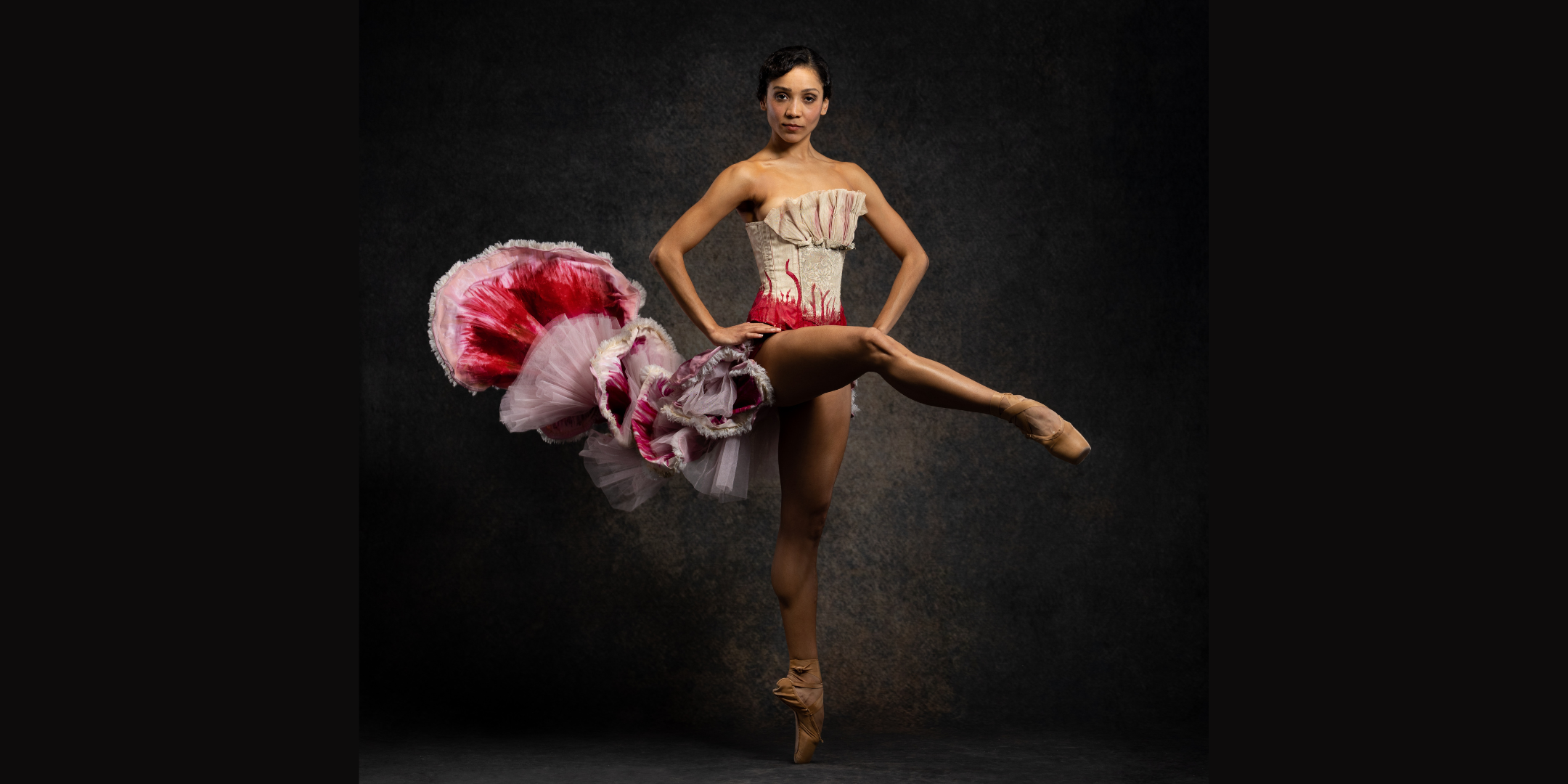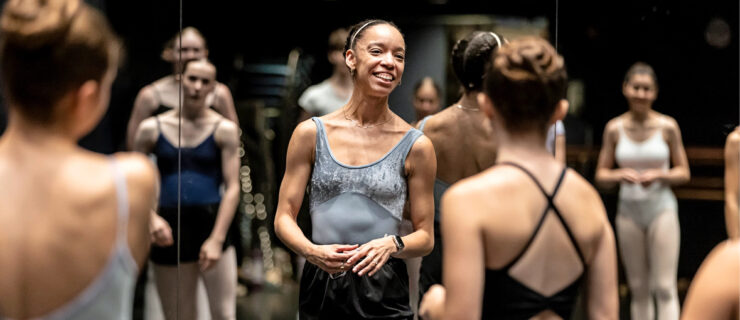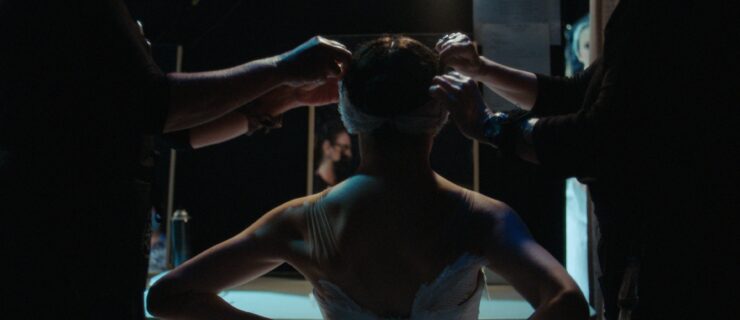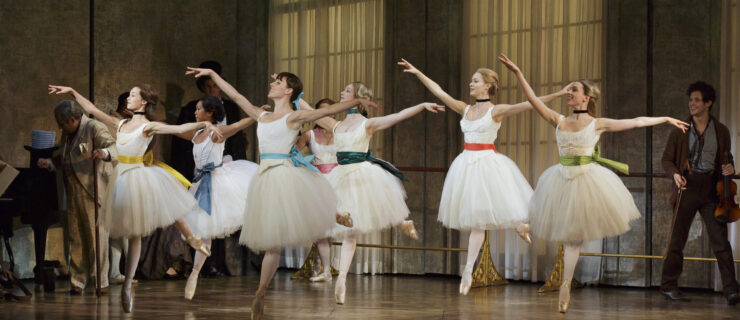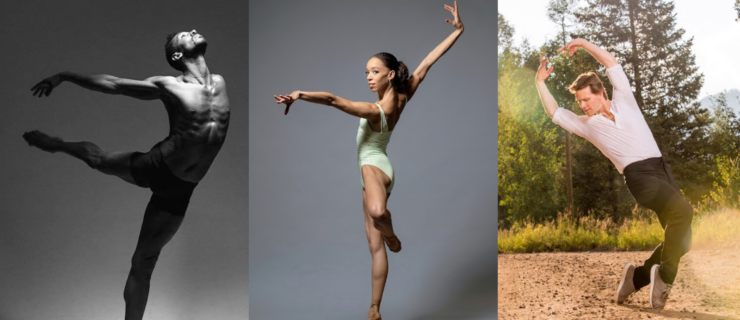Angel Corella Returns to His Spanish Roots With a World-Premiere Carmen
When Philadelphia Ballet artistic director Angel Corella flew home to his native Spain this summer, he had packed just enough clothing to get him through a week. By his return flight, he was carting two large suitcases chock-full of lace, castanets, fans, and handmade flamenco pants.
The purpose of Corella’s visit was not only to visit family and friends, but to gather costumes and work with master flamenco dancers in preparation for a project back in Philadelphia: a brand-new Carmen. In truth, Corella had been laying the groundwork for the full-length since 2018, as Philadelphia Ballet plans its seasons five years in advance. Now, as opening night approaches, he and the company dancers have kicked into high gear to present a unique Carmen choreographed by a native Spaniard.
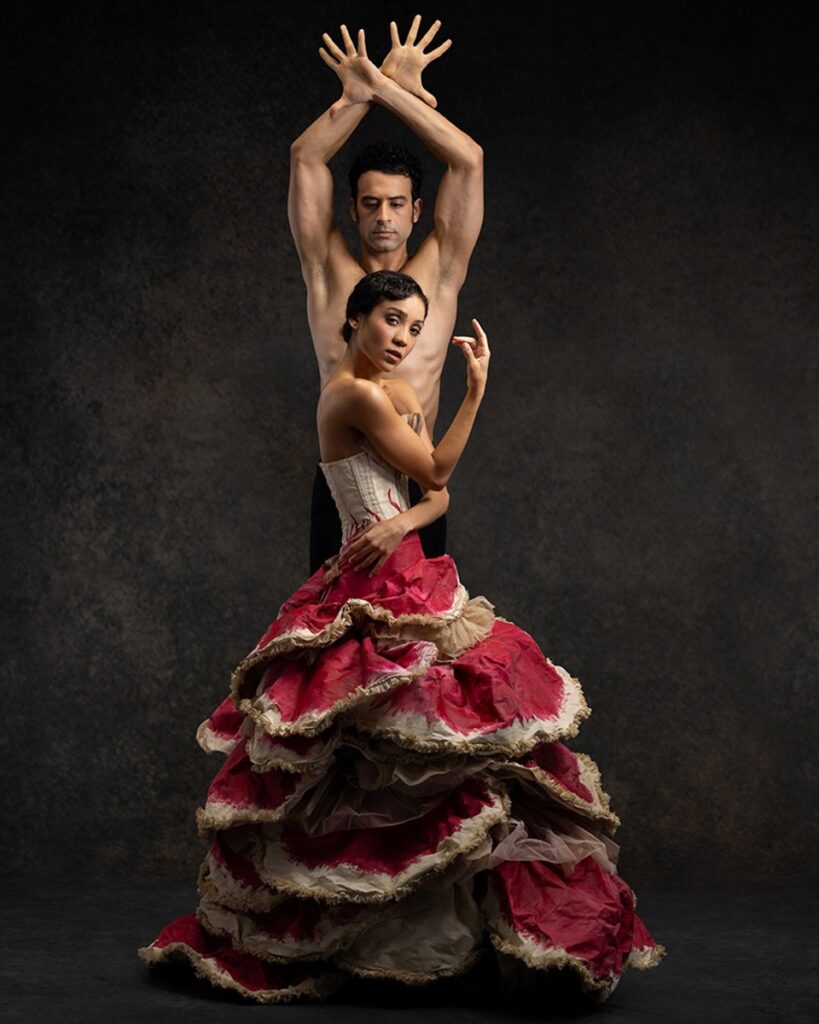
Premiering at Philadelphia’s Academy of Music, Carmen runs October 5–15. Corella has integrated classical Spanish dance into his choreography and, for an additional spin, collaborated with Philadelphia Ballet music director Beatrice Jona Affron to rearrange the iconic Bizet score. And while purchasing costuming materials in Spain, he commissioned a friend and expert flamenco costumer to create all the men’s pants from scratch. Ultimately, Corella’s aim is to construct a ballet with strong storytelling and undeniably authentic Spanish flair.
“I wanted to create a very clear story of how Carmen’s character progresses,” says Corella. “Usually, Carmen is portrayed as an easygoing woman who uses what she has to get what she wants,” he continues. “But I wanted to go deeper into why she does it and why she can’t love anyone: She doesn’t love herself.”
Corella chose principal Nayara Lopes for the first-cast Carmen. While this will be Lopes’ first time performing in any rendition of the ballet, she feels right at home in the role.
“The movement’s pretty much my personality,” says Lopes. “And I like that she’s a person. She’s not a fairy-tale creature, so I can bring really human emotion to it. I think we all relate more to people.”
Corella also chose to frame the ballet through the perspective of Don José, the soldier who falls for Carmen and ultimately kills her and her lover out of jealousy. He decided on this approach to allow for foreshadowing, beginning the ballet with José dancing a tormented solo in the same jail cell he’s thrown into in the end.
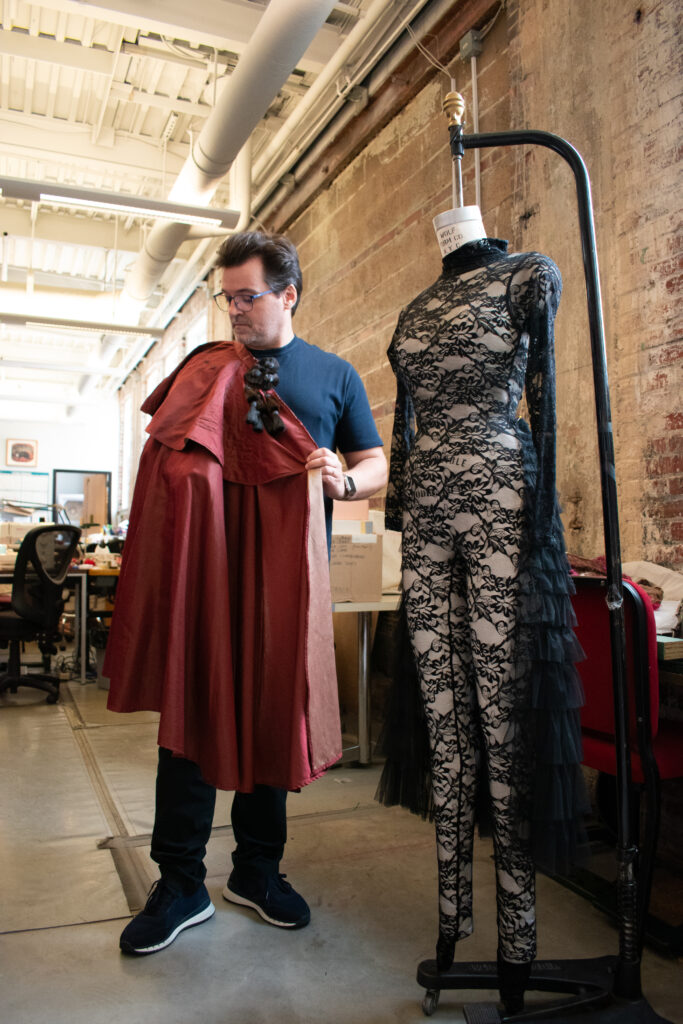
To set the scene with that jail cell, the town square, barracks, and more, the dancers will move large-panel “walls” on wheels. The effect, Corella explains, is a simple design that creates lots of movement—a nod to the ballet’s traditional dynamism and modern look, and to Carmen’s lively spirit. The choreography carries those themes forward. “It’s a roller coaster, but in the best way!” Lopes describes. “It’s all connected, and there are no dull moments.”
Growing up, Corella studied Spanish classical dance and was surrounded by a community of flamenco dancers. During past visits to Spain, he took the opportunity to brush up on his skills with renowned flamenco choreographers María Pagés and Antonio Canales; Corella called upon what he learned in those studies to ensure the hand gestures and postures he’s integrated into the ballet are as authentic as possible. “Flamenco is part of our life and heritage,” he says. “Hopefully, I will bring that flavor of everything I’ve learned since I was a little kid.”
Lopes has appreciated Corella’s full-out flamenco demonstrations in rehearsals. “It’s challenging to put the right intensity to make it real,” she says. “But it’s also rewarding, and it’s very exciting—I can’t wait to explode onstage!”
